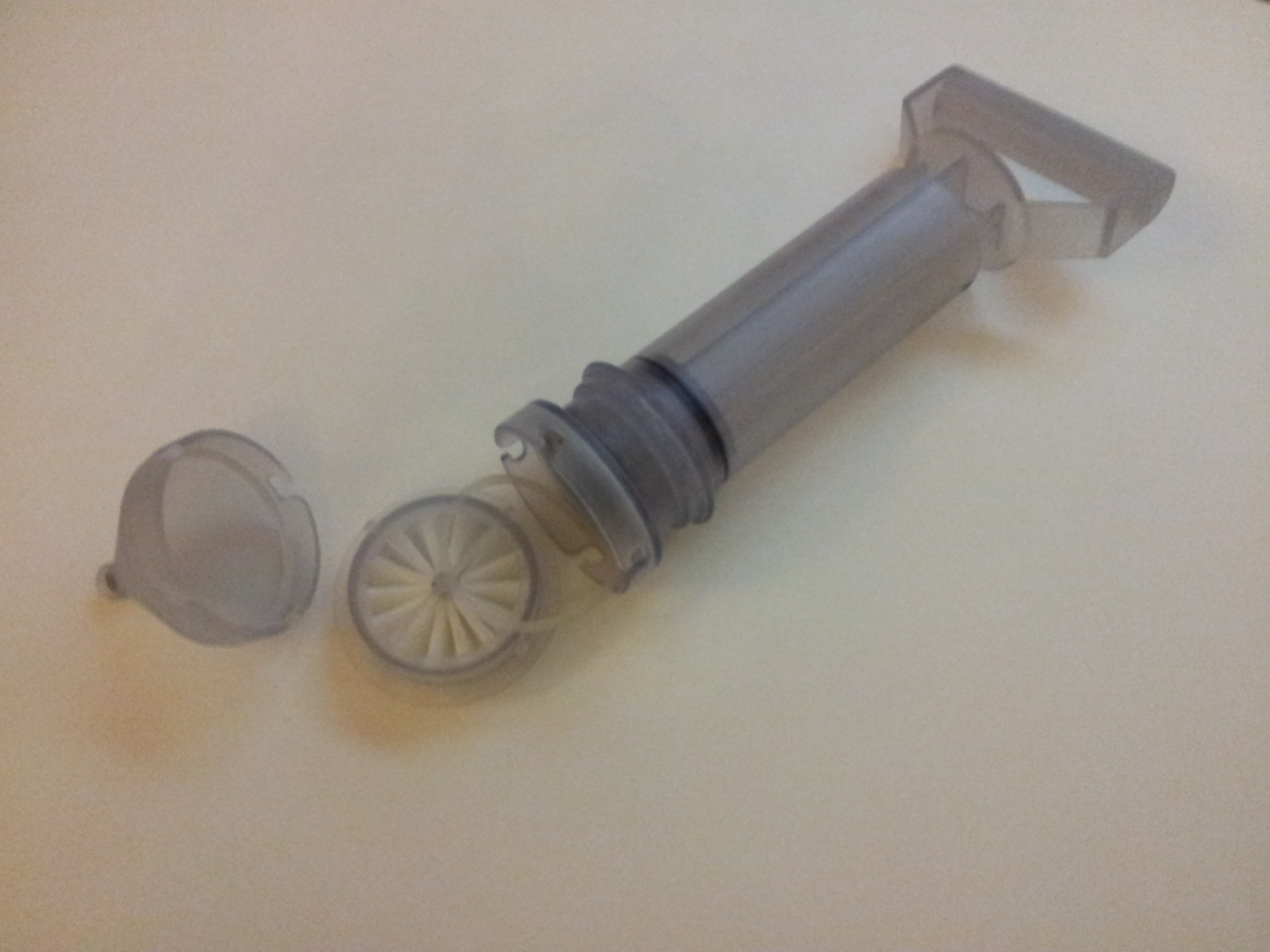A hand-powered centrifuge, an inflatable donkey saddle for women in labour and a waterless toilet that encases waste in biodegradable film were among the devices showcased at a conference on affordable medical technology this week, which saw the announcement of a funding call to support companies working in this field.
The Technology Strategy Board (TSB) used the event at the Institution of Mechanical Engineers in London to reveal it was planning a competition to fund innovations that could make healthcare more affordable in poorer countries but that also have a clear commercial appeal.
‘The question is how to provide affordable healthcare to seven billion people when over one billion are living on less than $1 a day,’ said the TSB’s medtech specialist, Dr Neil Morgan. ‘It’s not just about cost cutting. It’s about making things cheaper and better.’
The conference heard that such technologies also need to be appropriate for parts of developing world where electricity supplies, medical and technical expertise can be limited or non-existent, and where dusty or humid conditions can make traditional devices unsuitable.
The “hemafuse” device, for example, brought to the conference by University of Michigan spin-out firm DIIME (Design Innovations for Mothers Everywhere), is designed to allow healthcare workers to remove blood from patients experiencing internal haemorrhaging, strain it for clots and return it to the body, without specialist training.

Many developing countries have a shortage of donor blood and so practice auto-transfusion, where a patient’s blood is returned to their body. But in the absence of expensive centrifuge-based pump technology – and electricity to power it – blood is often manually removed using a “soup ladle” method and strained with gauze, a process that can take up to 30 minutes per pint of blood.
DIIME has produced a simple syringe-like device designed to suck and strain blood from the body at a speed that prevents it from damaging blood cells and that can be operated without expertise.
‘Our device uses a medical grade filter and it’s manual and it takes less than five minutes, so it allows them to get the blood back into the patient faster and gives them a safer way of doing so,’ DIIME CEO Gillian Henker told The Engineer. ‘It will allow them to go out to the rural areas where they don’t have as many people to do this very tedious procedure.’
Other devices at the conference were designed to address problems specific to certain developing countries. British charity HealthProm and designer Peter Muckle have created an inflatable donkey saddle to improve the comfort of women in labour travelling from rural areas of Afghanistan to hospital.
By creating a purpose-built, inflatable saddle, HealthProm hopes to encourage more women to make the long journey rather than remaining at home and giving birth in unhygienic conditions without access to medical expertise.
‘Most saddles have a solid wooden piece and only fit one size animal but the donkeys in Afghanistan really vary in size, so you need something that’s going to adjust very easily but keeping a certain amount of rigidity,’ said Muckle, who built the first prototype from inflatable pool toys and cushions encased in fabric.
The saddle is also designed so it can be made by women in local communities in five days for the material cost of five days’ wages.
The conference also addressed how using technology to drive down the cost of healthcare could benefit developed countries, and how this could help increase the commercial appeal of manufacturing devices for customers with very small health budgets, even if these markets were set to grow dramatically in coming years.
Babulal Sethia, lead for global health at the Royal Society of Medicine, said: ‘We need to learn from these technologies in our own countries because healthcare in the UK and elsewhere is becoming unaffordable.’
David Williams, inventor of the ShakerScope kinetically powered light source for medical instruments, said it was only by adapting his technology for developed countries that he was able to create a commercial proposition to support distribution of the product in the developing world.

Report highlights significant impact of manufacturing on UK economy
Note to Evil Villain/Dave 2020. Thatcher was PM for _11_ years, from 1979 to 1990 so no one under the age of 34 was even born when she left office....